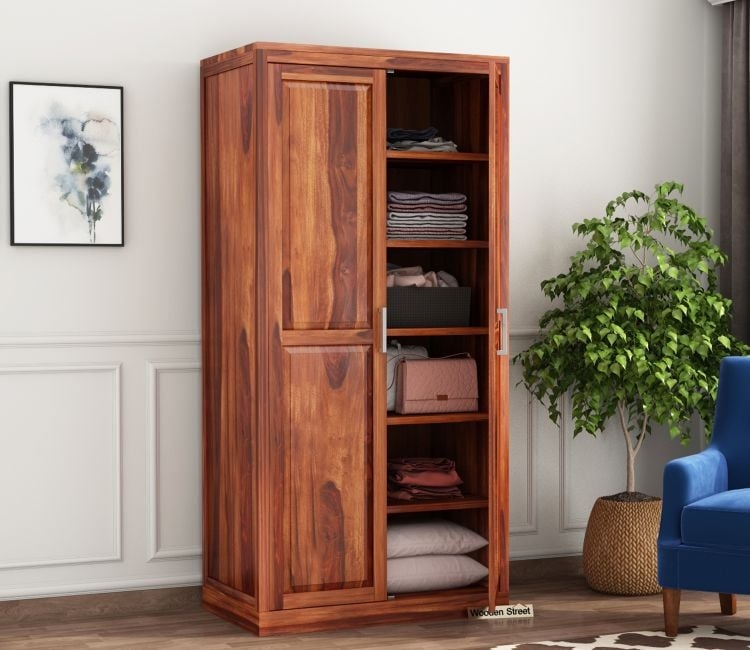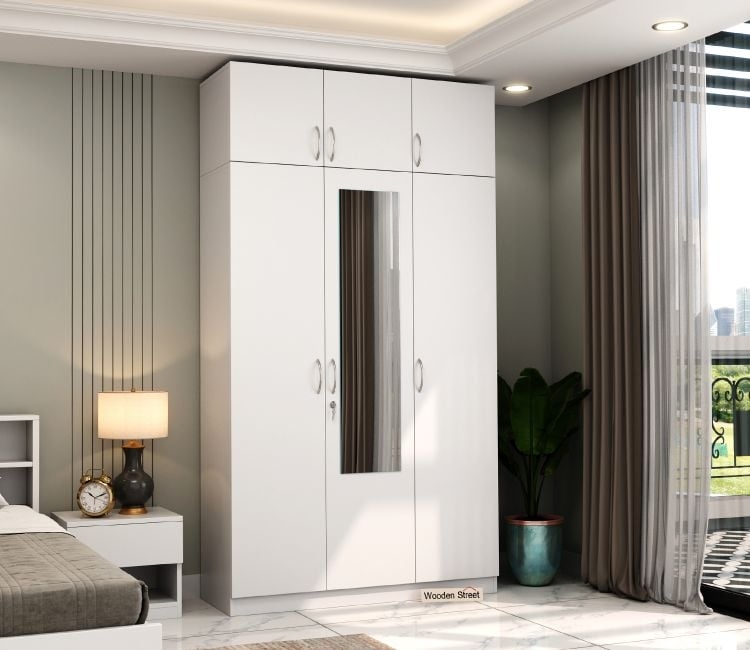Everything You Need to Know About Wardrobe Design
Wardrobes are not just functional pieces of furniture; they are essential elements in organizing and enhancing the aesthetics of any living space. Whether you're renovating your home or simply looking to upgrade your storage solutions, understanding wardrobe design principles is key. In this comprehensive guide, we delve into everything you need to know about wardrobe design, from styles and materials to layout and organization.
1. Understanding Wardrobe Styles
Wardrobes come in various styles, each catering to different needs and preferences:
- Built-in Wardrobes: These are custom-made to fit seamlessly into your space, offering maximum storage without sacrificing aesthetics.
- Freestanding Wardrobes: Ideal for those who seek versatility and mobility, freestanding wardrobes come in a range of designs and sizes to suit different spaces.
- Walk-in Wardrobes: The epitome of luxury and organization, walk-in wardrobes offer ample space for clothing, accessories, and even dressing areas.

2. Choosing the Right Materials
The choice of materials greatly impacts the durability, aesthetics, and overall feel of your wardrobe:
- Wood: Timeless and elegant, wood adds warmth and sophistication to any space. Popular wood options include oak, pine, walnut, and cherry.
- MDF (Medium Density Fiberboard): An affordable alternative to solid wood, MDF is known for its smooth finish and versatility in design.
- Metal: Modern and sleek, metal wardrobes are durable and often favored for their minimalist appeal.
3. Designing for Functionality
Functionality is paramount when designing a wardrobe that meets your needs:
- Consider Storage Needs: Assess your storage requirements for clothing, accessories, shoes, and other items to determine the layout and features needed.
- Incorporate Organizational Elements: Utilize shelves, drawers, hanging rods, and compartments to optimize storage and keep items organized.
- Account for Accessibility: Ensure ease of access to frequently used items by placing them at eye level or within arm's reach.
4. Maximizing Space Utilization
Efficient space utilization is essential, especially in smaller rooms:
- Utilize Vertical Space: Install floor-to-ceiling wardrobes or incorporate overhead storage to make the most of vertical space.
- Customize Interior Fittings: Invest in adjustable shelves, pull-out racks, and organizers to customize the interior layout according to your needs.
- Opt for Mirrored Surfaces: Mirrored wardrobe doors not only create the illusion of space but also serve a practical purpose for dressing.

5. Enhancing Aesthetics
Wardrobes contribute to the overall aesthetics of a room and can be customized to complement any interior style:
- Choose Appropriate Finishes: Select finishes that harmonize with the existing decor, whether it's a natural wood finish, painted surface, or sleek laminate.
- Add Decorative Elements: Incorporate decorative elements such as moldings, handles, and hardware to enhance the visual appeal of the wardrobe.
- Play with Lighting: Illuminate the interior of the wardrobe with integrated LED lighting or spotlights to add drama and functionality.
6. Budget Considerations
Setting a budget is essential to ensure that your wardrobe design aligns with your financial constraints:
- Prioritize Essentials: Allocate your budget to essential elements such as quality materials, functional features, and professional installation.
- Explore Cost-saving Options: Consider alternatives such as ready-to-assemble wardrobes or DIY customization to save on labor costs.
- Plan for Future Upgrades: Invest in durable materials and timeless designs that can withstand evolving trends and last for years to come.
In conclusion, wardrobe design is a balance between functionality, aesthetics, and budget considerations. By understanding different styles, materials, layout strategies, and organizational principles, you can create a wardrobe that not only meets your storage needs but also enhances the beauty and functionality of your living space. Whether you opt for a built-in masterpiece or a stylish freestanding unit, thoughtful design choices will ensure that your wardrobe remains a timeless and functional asset in your home.
- Industry
- Art
- Causes
- Crafts
- Dance
- Drinks
- Film
- Fitness
- Food
- Games
- Gardening
- Health
- Home
- Literature
- Music
- Networking
- Other
- Party
- Religion
- Shopping
- Sports
- Theater
- Wellness
- News


